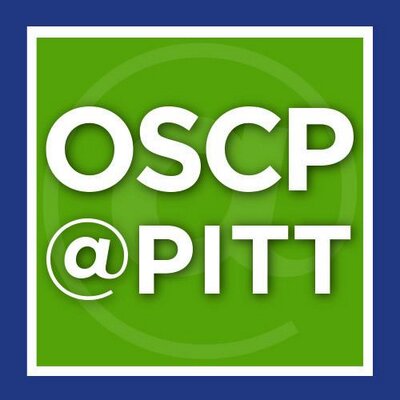Kim, Gunsoo
(2004)
Refinement of inhibitory circuits during development of the mammalian auditory brainstem.
Doctoral Dissertation, University of Pittsburgh.
(Unpublished)
Abstract
Establishing precise neuronal connections is crucial for normal brain function. In many parts of the brain, this is accomplished by refining initially diffuse neuronal connections during development. In contrast to our understanding of the mechanisms by which excitatory connections are refined, the refinement of inhibitory circuits is poorly understood. In this thesis, I investigated the refinement of inhibitory connections in the lateral superior olive (LSO), a mammalian auditory brainstem nucleus involved in sound localization. The glycinergic, and during development also GABAergic, projection from the medial nucleus of the trapezoid body (MNTB) to the LSO is tonotopically organized with a single-cell-level precision in adults. I asked whether and by what mechanisms the precise organization emerges during development.I found that the refinement of this inhibitory pathway is achieved by a large degree of functional elimination of exuberant inputs and strengthening of maintained inputs. Elimination of inputs occurred in a frequency-specific manner, resulting in a sharper inhibitory topography. The topographic refinement occurred while the MNTB inputs act excitatory, raising the possibility that depolarizing action of GABA and glycine is a mechanism underlying the rearrangement of inhibitory synaptic connections. In parallel with the elimination, synaptic responses elicited by the maintained MNTB inputs increased over 10-fold. This was due to a moderate increase in quantal size and a large increase in the number of release sites formed by each MNTB fiber. I further investigated whether olivocochlear efferent neurons that project from the brainstem back to the cochlea play a role in the topographic sharpening. I found that the refinement of the MNTB-LSO pathway is impaired in animals with compromised efferent projections. In both efferent-lesioned rats and mice lacking the ?9 nicotinic acetylcholine receptor subunit, LSO neurons received a greater number of weak MNTB inputs than in control animals. These results indicate that normal olivocochlear efferent projections are necessary for the refinement of the MNTB-LSO pathway. I discuss the possibility that the effect of efferent manipulation could be due to altered levels or temporal patterns of spontaneous activity before hearing onset.
Share
| Citation/Export: |
|
| Social Networking: |
|
Details
| Item Type: |
University of Pittsburgh ETD
|
| Status: |
Unpublished |
| Creators/Authors: |
|
| ETD Committee: |
| Title | Member | Email Address | Pitt Username | ORCID |
|---|
| Committee Chair | Simons, Daniel J | | | | | Committee Member | Aizenman, Elias | | | | | Committee Member | Bi, Guo-Qiang | | | | | Committee Member | Kandler, Karl | kkarl@pitt.edu | KKARL | | | Committee Member | Trussell, Laurence O | | | | | Committee Member | Meriney, Stephen D | | | |
|
| Date: |
22 December 2004 |
| Date Type: |
Completion |
| Defense Date: |
30 November 2004 |
| Approval Date: |
22 December 2004 |
| Submission Date: |
17 December 2004 |
| Access Restriction: |
No restriction; Release the ETD for access worldwide immediately. |
| Institution: |
University of Pittsburgh |
| Schools and Programs: |
School of Medicine > Neurobiology |
| Degree: |
PhD - Doctor of Philosophy |
| Thesis Type: |
Doctoral Dissertation |
| Refereed: |
Yes |
| Uncontrolled Keywords: |
plasticity; tonotopic map; uncaging |
| Other ID: |
http://etd.library.pitt.edu/ETD/available/etd-12172004-051717/, etd-12172004-051717 |
| Date Deposited: |
10 Nov 2011 20:11 |
| Last Modified: |
15 Nov 2016 13:54 |
| URI: |
http://d-scholarship.pitt.edu/id/eprint/10406 |
Metrics
Monthly Views for the past 3 years
Plum Analytics
Actions (login required)
 |
View Item |








